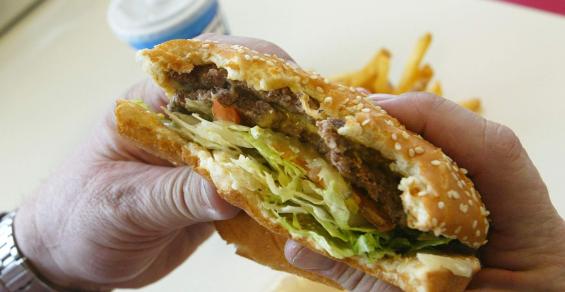We’ve come a long way, baby. While that paraphrase of an old cigarette commercial (if memory serves) dates me, it is an accurate mantra for how beef producers have enthusiastically and aggressively taken ownership of the principles of the Beef Quality Assurance (BQA) program.
Nowhere is that more evident than in the recently-released Fed Steer and Heifer National Beef Quality Audit (NBQA) and again in the release of the Market Cow and Bull NBQA.
Like the Fed Steer and Heifer research, the look into the quality of the beef products produced from cull cows and bulls has a long history. The first audit was conducted in 1994 and identified a number of areas where the industry could make significant improvement.
READ: Market Cow and Bull executive summary
By 2007, the last time an audit was conducted on cull cattle, the beef industry had made gains in five areas, according to the executive summary of the 2016 Market Cow and Bull Audit. Those areas are:
- Herd management techniques
- Animal welfare and handling
- Hide damage
- Injection site location
- Bruises
While much improvement has been made in those areas, more needs to be done. The 2016 report identified four directives for industry improvement:
- Recognize and optimize the value of market cows and bulls
- Be proactive to ensure the safety and integrity of the product
- Use appropriate management and handling practices to prevent quality defects
- Closely monitor herd health and market cattle appropriately and in a timely manner
What does this mean? In short, it means that beef producers need to continue to focus on BQA principles in all aspects of the operation, including, and perhaps especially, cull cows and bulls. And make no mistake, your culls are every bit as much a part of the beef value chain as are your calves.
Why is it important? Because of the lost opportunities identified in the report, which total $122.77. The two biggest single items that comprise that total are excess external fat and inadequate muscling. If I were to guess, which is exactly what I’m doing, I’d say those are bigger factors in dairy cows than in beef cows.
But hide defects, such as brands, along with bruises and injection site lesions are also factors, and that’s where an understanding of BQA principles can play a part. However, compared with other lost opportunity factors, those are relatively minor.
RELATED: Giving injections? Do it right
That’s a tribute to the mantra that we have indeed come a long way. However, even though we’ve made remarkable gains in improving the quality of the product we produce, especially with bruising and injection site lesions, we haven’t crossed home plate. The 2016 audit identified a number of places where additional progress can still be made. They are:
- Food safety, which has become the most important factor in the beef value chain.
- Culling animals before physical defects are too severe and cause animal welfare concerns or carcass condemnations.
- Seeking to better understand causes of liver abscesses, which lead to liver condemnations.
- Implementing measures to eliminate carcass bruising on the farm, in transport and at the harvest facility.
- Reducing the defects identified as lost opportunities to allow the cow and bull industry to capture additional value.
I had the honor and privilege, when I was just getting started in the business, of staffing the first series of meetings that ultimately resulted in the first quality assurance program the industry developed.
We’ve come a remarkably long way from that first effort and the BQA program the industry now has is a comprehensive and well-thought-out program. If you’re not BQA certified, I encourage you to become so. And I encourage you to read the NBQA executive summaries. I think you’ll find them enlightening.




Leave A Comment